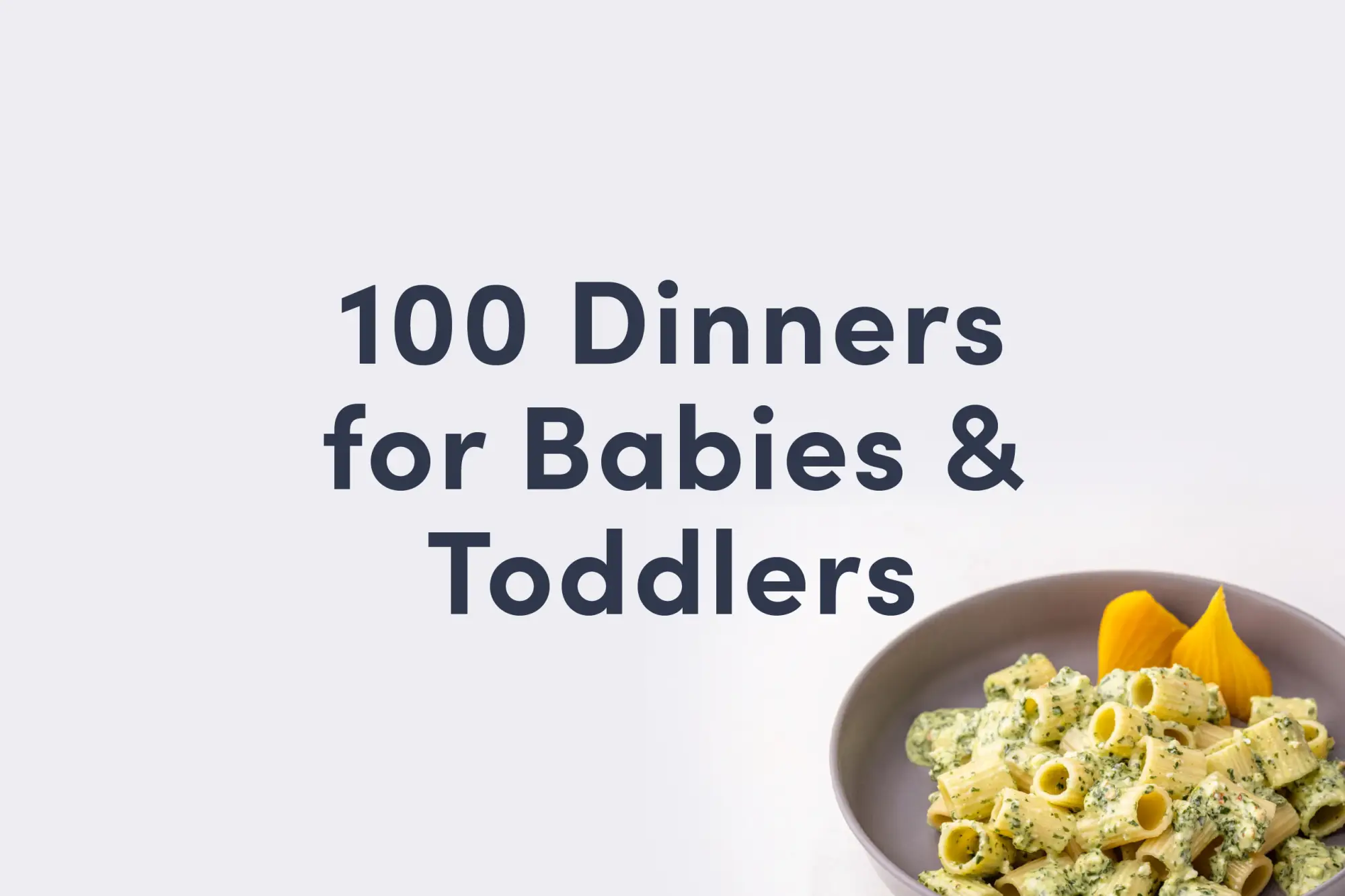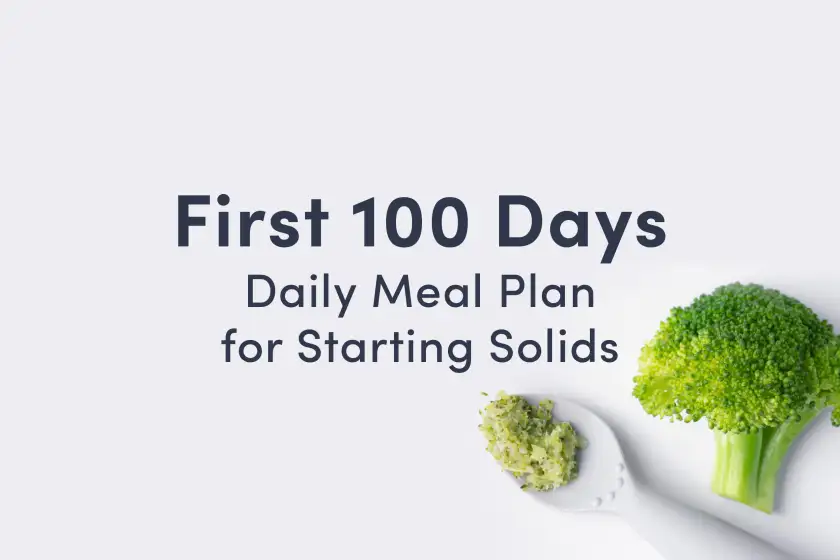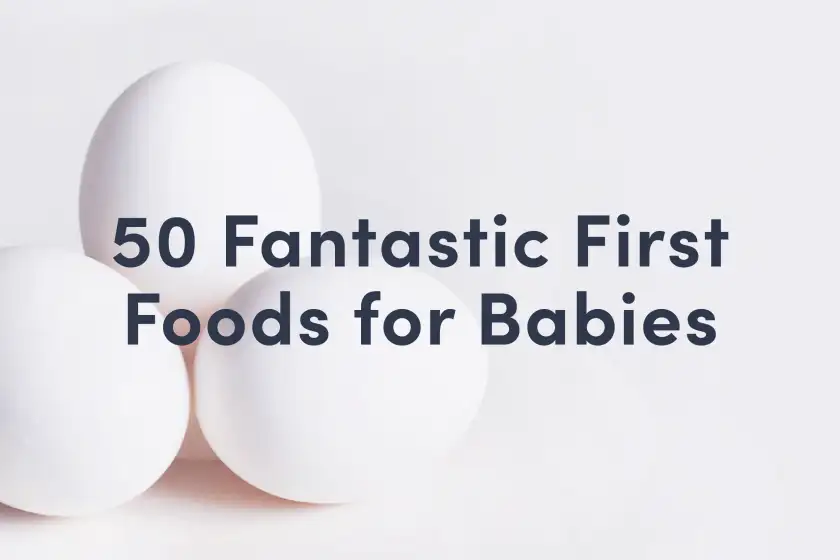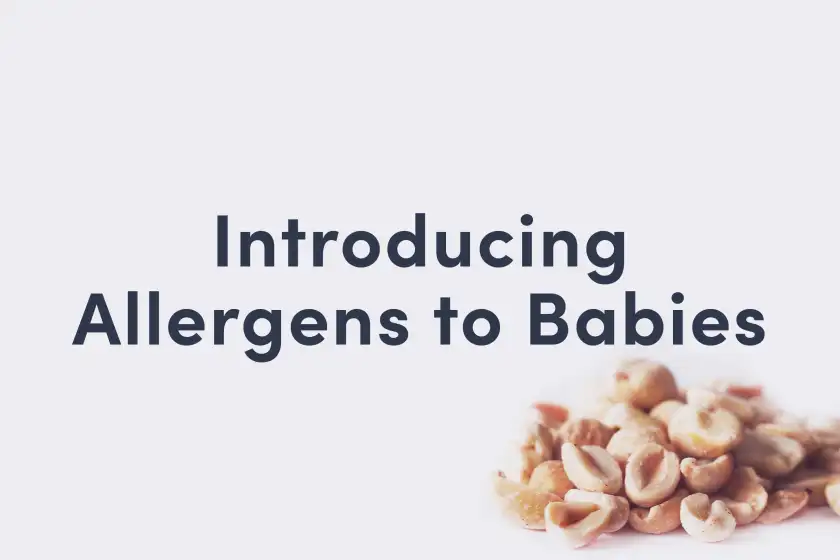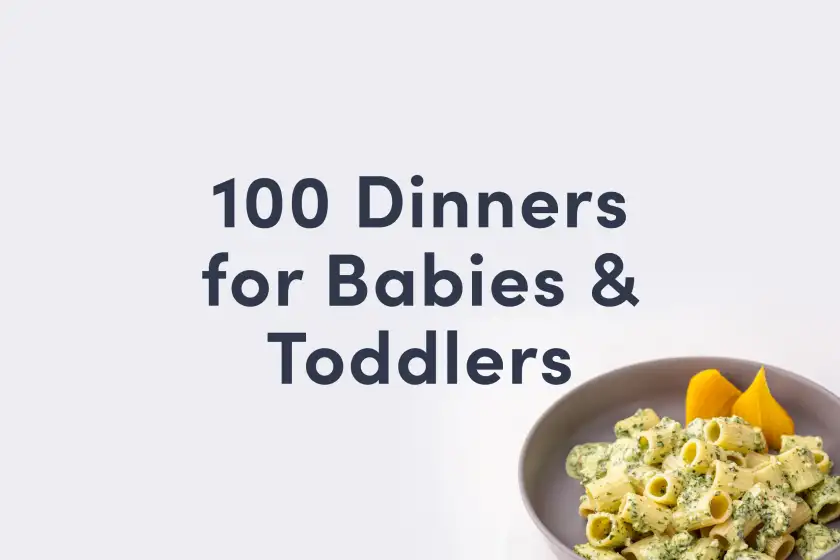Pine Nut
Tree Nut
Age Suggestion
6 months
Iron-Rich
Yes
Common Allergen
No
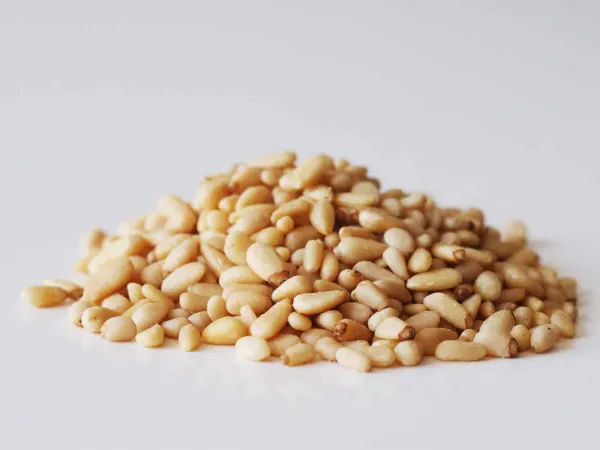
When can babies have pine nuts?
Pine nuts and pine nut butter that have been prepared in an age-appropriate way may be introduced as soon as baby is ready to start solids, which is generally around 6 months of age. Whole pine nuts and pine nut butter are choking hazards for babies, so read our preparation by age section closely before serving.
Pine nuts are the edible seeds of pine cones. Also called pignoli, piñon, and pinyon nuts, they grow throughout the Northern Hemisphere, where there are 18 varieties of pine trees with nuts that are suitable for human consumption. Pine nuts have a creamy texture that is a bit softer than other nuts and seeds, and a buttery, nutty flavor that deepens and becomes more pronounced when the nuts are baked or toasted.
Are pine nuts healthy for babies?
Yes. Pine nuts are full of antioxidants, fats, protein, and minerals that babies need to thrive. They contain B vitamins to power baby’s cell growth, vitamin E to fortify the immune system, vitamin K to boost bone strength, copper to aid iron absorption, and magnesium to support healthy bones and tissues. Pine nuts also contain noteworthy amounts of iron, folate, and zinc, as well as a plant compound called lutein, which is critical for healthy eyes and vision.
★Tip: Like most tree nuts, pine nuts can go rancid. Pine nuts can stay fresh in the refrigerator for up to 2 months and in the freezer for up to 6 months.
Are pine nuts a common allergen?
No, pine nuts are not a common allergen globally. However, pine nut allergy is more prevalent in Australia. In the world of food allergies, pine nuts are classified as a tree nut (even though they are technically a seed). While only 0.5 to 1.2% of the population is allergic to tree nuts, it is usually life-long: only 9% of children with a tree nut allergy will outgrow it. Although allergies to pine nuts are relatively rare, the reaction can be severe.
While not an allergy, some raw pine nut varieties can cause "pine nut mouth," which temporarily results in a bitter or metallic taste in the mouth. Pine nut mouth typically begins within 2 days after consumption and can last from a few days to a few weeks.
Although an allergy to one tree nut increases risk of allergy to another, keep in mind that being allergic to one nut does not necessarily mean that all nuts need to be removed from the diet. Having as diverse a diet as possible, even within the confines of food allergies, is important for a child’s nutrition and quality of life. If a child has a pine nut allergy, work with an allergist to determine if other tree nuts can be safely incorporated into the diet.
For most babies, there is no need to pursue allergy testing before introducing tree nuts into the diet, even if there is a family history of food allergy. However, if baby has severe eczema or has already experienced an allergic reaction, or you suspect baby may be allergic to nuts, make an appointment with a primary care clinician or a pediatric allergist before introducing pine nuts at home. Your doctor can help you determine if pine nuts can be safely introduced in the home setting, or if supervised introduction in the clinic would be preferable.
When it is time to introduce the nut, offer a small quantity (such as a pinch of finely ground nut mixed into another food) at first. If there is no adverse reaction, you can increase the quantity over future meals.
Are pine nuts a choking hazard for babies?
Yes. Whole nuts, nut pieces, and globs of nut butters are choking hazards for babies and young children. To reduce the risk, prepare and serve pine nuts and pine nut butter in an age-appropriate way. As always, make sure you create a safe eating environment and stay within an arm’s reach of baby during meals. For more information on choking, visit our section on gagging and choking and familiarize yourself with the list of common choking hazards.
How do you serve pine nuts to babies?
Every baby develops on their own timeline, and the suggestions on how to cut or prepare particular foods are generalizations for a broad audience.
6 months old +:
Grind pine nuts in a food processor until completely fine and no large pieces remain. If you do not have a food processor, you can pound the nuts in a cloth with a hammer, a mortar and pestle, or the end of a wine bottle. To serve the ground nut, sprinkle a small amount on yogurt, rice, quinoa, squash, or warm cereal. You can also roll slippery foods like sliced fruit in the ground nut, which adds texture that makes it easier for baby to pick up. If you’d like to make a baby-friendly nut butter, keep the food processor going until the nuts form a paste, then add water, yogurt, or a baby-friendly liquid to thin it into a non-sticky, smooth spread with no clumps. This can be spread very thinly on other age-appropriate foods.
24 months old +:
Sometime after the second birthday, a child may be ready for whole pine nuts if they have developed advanced chewing and swallowing skills and are able to sit calmly and follow directions. To reduce choking risk, make sure the child is in a safe eating environment, seated, and engaged in the task of practicing. Start with one pine nut at a time. Demonstrate placing the pine nut on your own molars and chew in a very exaggerated fashion. Explain to the child how your big, strong teeth are breaking down the pine nut. You can even open your mouth before swallowing to show them how it looks after being broken down. Coach the child to do the same. You can also cook with whole pine nuts as desired. Whole pine nuts that are mixed or cooked into a dish typically pose less choking risk than whole, loose pine nuts. When a child takes a bite of a mixed dish, the pine nuts are likely to be chewed more, while a handful of loose pine nuts on their own are more likely to be shoveled in the mouth and chewed less thoroughly.
Written by
Expert Tips Delivered to Your Inbox
Sign up for weekly tips, recipes and more!
The content offered on SolidStarts.com is for informational purposes only. Solidstarts is not engaged in rendering professional advice, whether medical or otherwise, to individual users or their children or families. No content on this site, regardless of date, should ever be used as a substitute for direct medical advice from your doctor or your medical or health professional, nutritionist, or expert in pediatric feeding and eating. By accessing the content on SolidStarts.com, you acknowledge and agree that you are accepting the responsibility for your child’s health and well-being. In return for providing you with an array of content “baby-led weaning” information, you waive any claims that you or your child may have as a result of utilizing the content on SolidStarts.com.


